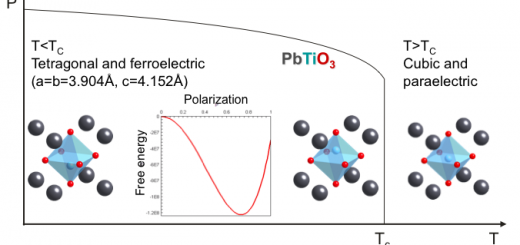Magnetoplasmonics: The interplay between magneto-optics and plasmonics
 Wednesday, 14th december 2011. 12:00-13:00
Wednesday, 14th december 2011. 12:00-13:00
Antonio García-Martín
Instituto de Microelectrónica de Madrid, CSIC
ABSTRACT:
Subwavelength composite materials constitute an interesting path towards the development of materials with “on demand” optical properties. We will present our latest results on systems composed of both noble and ferromagnetic metals, which we denote as magnetoplasmonic. While noble metals have intense and narrow plasmon resonances they lack magneto-optical (MO) activity at reasonable magnetic field intensities. On the other hand, ferromagnetic metals are MO active but their plasmon resonances are weak and broad. By combining both kinds of materials we intend to obtain systems which simultaneously exhibit plasmon resonances and MO activity. We will show that thus it is possible to both (1) enhance the magneto-optical activity of the system via surface plasmon excitation, and (2) modulate the plasmon properties via application of a magnetic field [1]. Localized surface plasmon resonances (LSPRs) greatly influence the optical [2,3] and magneto-optical (MO) [4,5,6,7,8] properties of fully metallic and metal-dielectric nanostructures. We will analyze the MO response of isolated nanodisks, where we will show how the excitation of the LSPR produces an enhancement of the MO activity [4]. The observed enhancement in the MO is attributed to the high intensity of the electromagnetic (EM) field inside the nanostructure when the LSPR occurs. Here we show how the EM profile related to the LSPR can be probed locally inside the nanostructure by measuring the MO activity of the system as a function of the position a MO active probe (a Co nanolayer) [9]. This EM field profile is the key element in the analysis of the MO activity and thus a clever engineering would make it possible to get large MO effect and low losses [10]. The same kind of structures allows the analysis of the effect of the MO activity on the plasmon properties. We will show that the wavevector of the plasmon is modified upon application of a magnetic field in the transverse configuration [11]. That modification can be used in a wide variety of scenarios: e.g. in active microinterferometry [12,13].
[1] G. Armelles, et al., J. Opt. A: Pure Appl. Opt. 11, 114023 (2009).
[2] S. A. Maier, Plasmonics: Fundamentals and Applications (Springer, Berlin, 2007).
[3] T. Pakizeh, et al., J. Opt. Soc. Am. B 25, 659 (2008).
[4] J. B. Gonzalez-Diaz, et al., Small 4, 202 (2008).
[5] P.K.Jain, Y.Xiao, R.Walsworth, and A.E.Cohen, Nanolett. 9, 1644 (2009).
[6] G.X.Du, et al., Appl. Phys. Lett. 96, 081915 (2010).
[7] L.Wang, et al., J.Appl. Phys. 107, 09B303 (2010).
[8] B. Sepulveda, et al., Phys. Rev. Lett 104, 147401 (2010).
[9] D. Meneses et al., Small 7, 3317 (2011).
[10] J.C. Banthi et al., Adv. Mater, in press (2011)
[11] J. B. Gonzalez-Diaz, et al., Phys. Rev. B 76, 153402 (2007).
[12] V.V. Temnov, et al., Nature Photonics 4, 107 (2010).
[13] D. Martin-Becerra, et al., Appl. Phys. Lett. 97, 183114 (2010).



















